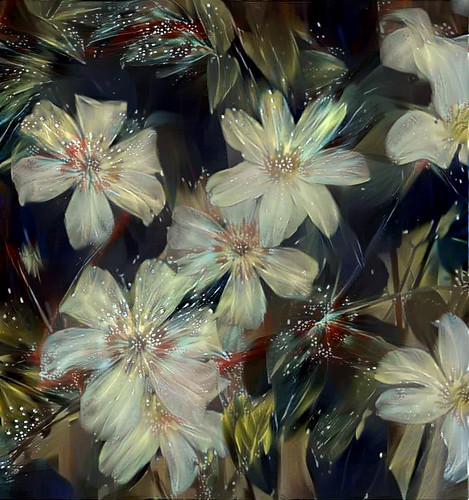
The Royal Ontario Museum (ROM) is Canada’s largest museum of world culture and natural history. It is located in Toronto, Ontario[1] and is one of the largest museums in North America, attracting over one million visitors every year. The museum is located north of Queen’s Park in the University of Toronto, with its main entrance facing Bloor Street.
Founded in 1912, the museum has maintained close relations with the University of Toronto throughout its history, often sharing expertise and resources. The museum was originally under the direct control and management of the University of Toronto, until 1968, when it became an independent institution. Today, the museum is Canada’s largest field-research institution, with research and conservation activities that span the globe.
With more than six million items and forty galleries, the museum’s diverse collections of world culture and natural history are part of the reason for its international reputation. The museum contains notable collections of dinosaurs, minerals and meteorites, Near Eastern and African art, East Asian art, European history, and Canadian history. It also houses the world’s largest collection of fossils from the Burgess Shale with more than 150,000 specimens. The museum even contains an extensive collection of design and fine arts. These include clothing, interior, and product design, especially Art Deco.
The new main entrance to the Royal Ontario Museum, Daniel Libeskind’s The Crystal, first opened in 2007. The Deconstructivist crystalline form is clad in 25 percent glass and 75 percent aluminium, sitting on top of a steel frame. The Crystal’s canted walls do not touch the sides of the existing heritage buildings, but are used to close the envelope between the new form and existing walls. These walls act as a pathway for pedestrians to travel safely across "The Crystal".
The building’s design is similar to some of Libeskind’s other works, notably the Jewish Museum in Berlin, the London Metropolitan University Graduate Centre, and the Fredric C. Hamilton Building at the Denver Art Museum. The steel framework was manufactured and assembled by Walters Inc. of Hamilton, Ontario. The extruded anodized aluminium cladding was fabricated by Josef Gartner in Germany: the only company in the world that can produce the material. The company also provided the titanium cladding for Frank Gehry’s Guggenheim Museum in Bilbao, Spain.
The overall aim of The Crystal is to provide openness and accessibility, seeking to blur the lines between the threshold linking the public area of the street and the more private area of the museum. The goal is to act as an open threshold where people and artifacts animate the space. The main lobby is a three-story high atrium, named the Hyacinth Gloria Chen Crystal Court. The lobby is overlooked by balconies and flanked by the J.P. Driscoll Family Stair of Wonders and the Spirit House, an interstitial space formed by the intersection of the east and west crystals that is intended as a space of emotional and physical diversion.
On 1 June 2007, the Governor General, Michaëlle Jean, attended the Architectural Opening of the "Michael Lee-Chin Crystal". This caused controversy because public opinion had been divided concerning the merits of its angular design. On its opening, Globe and Mail architecture critic Lisa Rochon complained that "the new ROM rages at the world," was oppressive, angsty, and hellish, while others (perhaps championed by the architecture critic at the competing Toronto Star, Christopher Hume) hailed it as a monument. Some critics have gone as far as ranking it as one of the ten ugliest buildings in the world. The project also experienced budget and construction time over-runs, and drew comparisons to the Guggenheim Museum Bilbao for using so-called "starchitecture" to attract tourism.
In October 2007, the Lee-Chin Crystal was reported to have suffered from water leakage causing concerns due to the building’s resilience to weather, especially in the face of the new structure’s proximate first winter. Although a two-layer cladding system was incorporated into the design of the Crystal to prevent the formation of dangerous snow loads on the structure, past architectural creations of Daniel Libeskind, (including the Denver Art Museum) have suffered from weather-related complications.
Installation of the permanent galleries of the Lee-Chin Crystal began mid-June 2007, after a ten-day period when all the empty gallery spaces were open to the public. Within The Crystal, there is a gift shop, C5 restaurant lounge (closed until further notice), a cafeteria, seven additional galleries and Canada’s largest temporary exhibition hall. The galleries added to the Crystal gave different aspects to the ROM: fascinating visuals, architectural artifacts and environment, art, correspondence between object and space, and stories within the visuals. The C5 restaurant Lounge is an award-winning designs firm lI BY IV Design Associated Inc.
Posted by Davoud D. on 2013-06-26 08:25:55
Tagged: , Toronto , Toronto, ON , Ontario , Canada , TDOT , T.O. , Royal Ontario Museum , ROM , Michael Lee-Chin , Crystal , Museum , Tilt Shift







